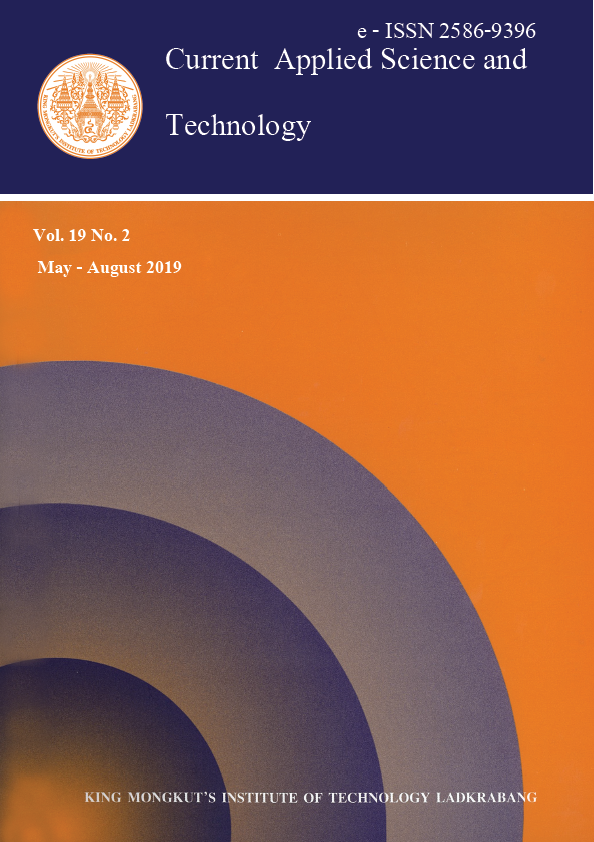Keywords: Medfly; MFF; trimedlure; TML; fixed oil; effectiveness; Jackson trap
*Corresponding author: E-mail: tamersherihan@gmail.com
Al-amin*, S. M. ., El-metwally, M. M. ., Ali, N. A. ., & Abdel-all, A. A. . (2019). The Response of the Mediterranean Fruit Fly, Ceratitis capitata (Wied.) (Diptera:Tephritidae) Males to Trimedlure Diluted with Some Fixed Oils. CURRENT APPLIED SCIENCE AND TECHNOLOGY, 102-111.
